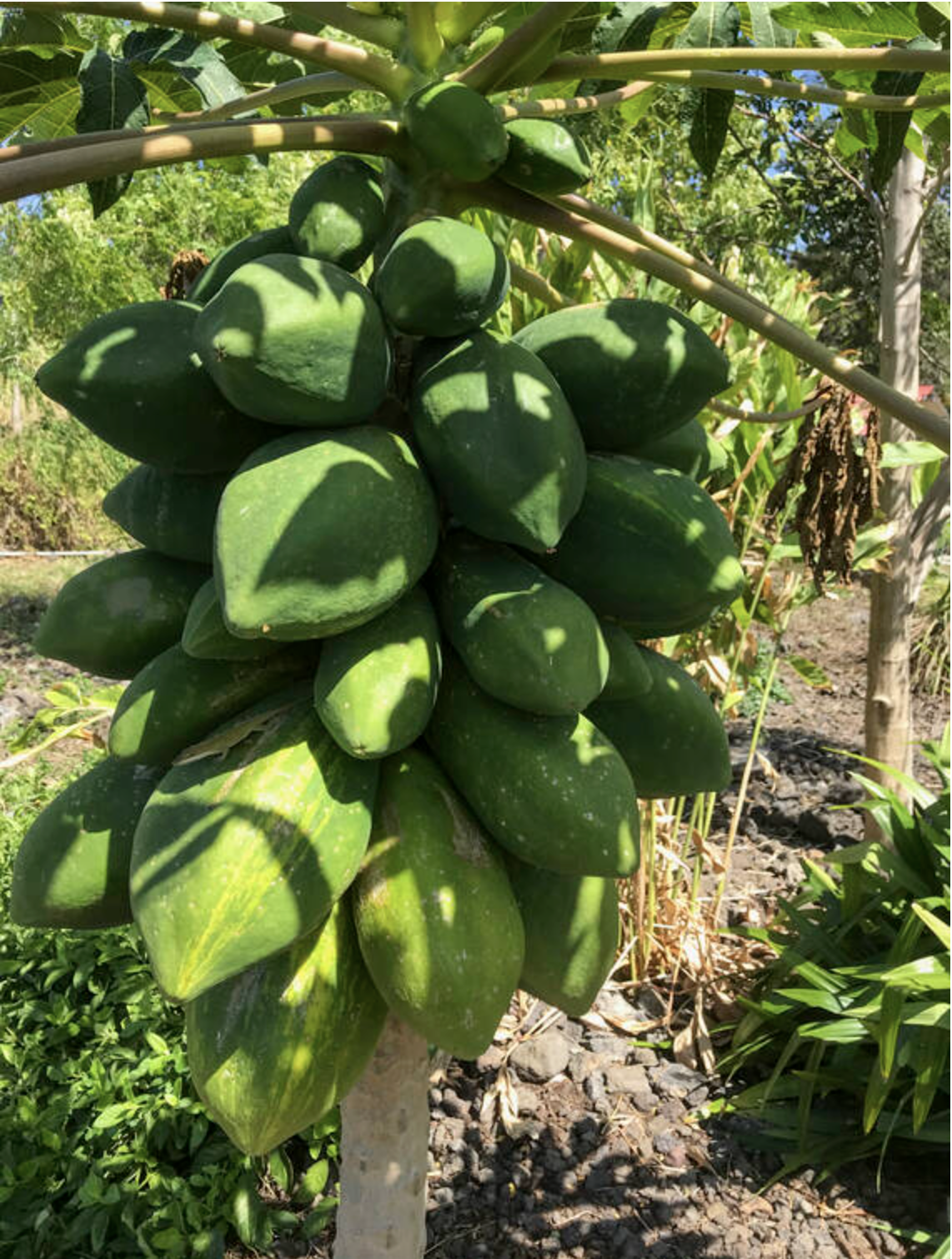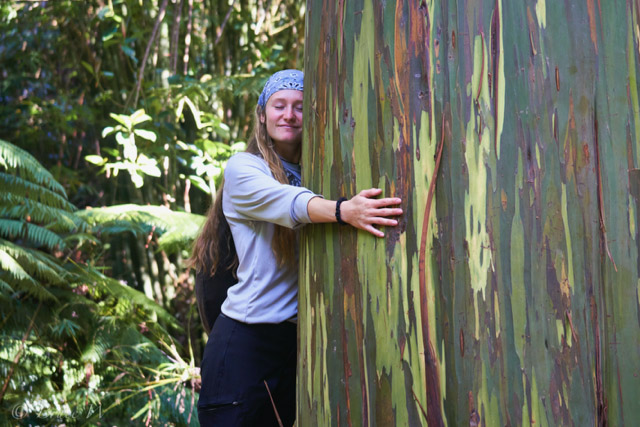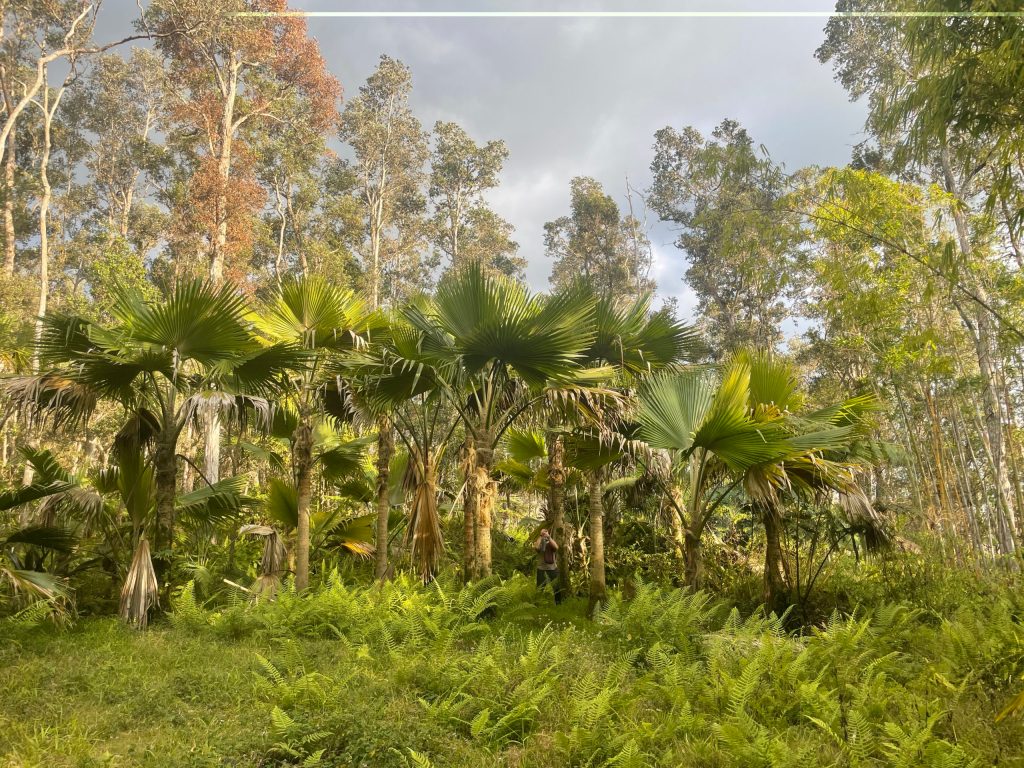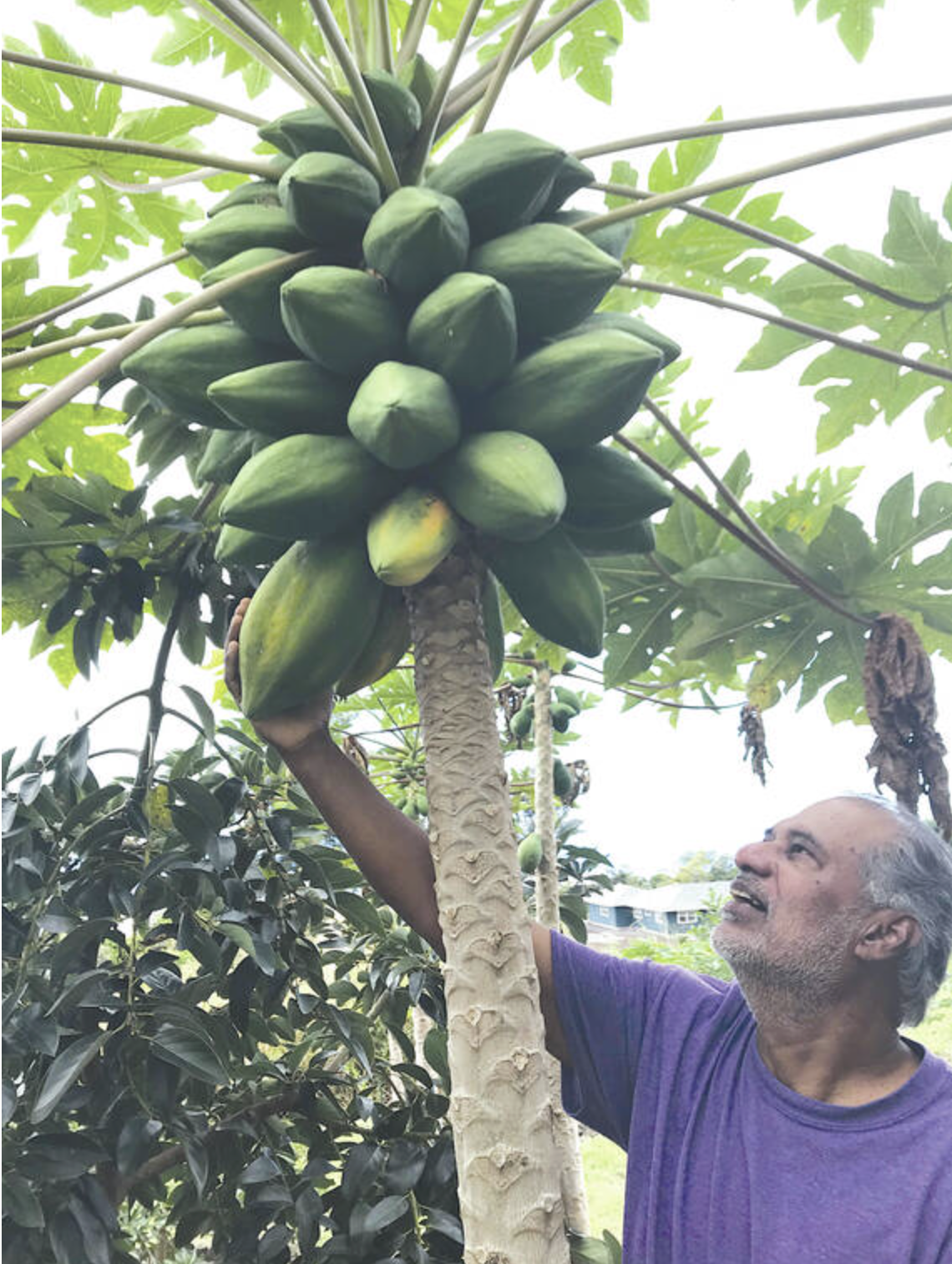The question is, are genetically modified organisms good or bad? The answer is that it all depends on how the technology is used.
The issue of genetically modified plants or animals is very complex as is any new technology. Actually, the GMO issue is just a new twist on what we humans have been doing for centuries. By hybridizing, creating, and selecting advantageous mutations, we have created thousands of varieties of orchids, citrus, bananas and many others. Because it is a great leap of this technology, we tend to be wary and that is good.
For example, electrical power can be used in a way as to make our lives better or it can kill. Even the discovery of nuclear power and its use or misuse can be argued. Probably the first human to create a fire was considered a witch. That is not to say that we should rush head on into new technologies without recognizing that they may have serious downsides.
On the other extreme, do we want to simply reject advances in science because we might create a Frankenstein monster? A healthy and respectful dialogue is important as we explore any new technology. To totally ban all GMOs to be grown or sold would be throwing out the baby with the bath water. Farmers need to have the opportunity to choose if they want to grow their crops organically, or with safe use of pesticides or GMO free as long as we consumers know what we are buying. At the very least, foods should be labeled GMO or no GMO so that we have a choice.
Let’s take a look at just one example. Papayas have been valuable food and medicinal plants throughout the tropical world. In the early 1950s, a devastating disease called Papaya Ring Spot Mosaic wiped out the papaya industry in Florida and many areas of Tropical America including the Caribbean. Later, the disease hit Hawaii. Luckily some scientists were working on the problem and were able to develop a genetically modified papaya that was resistant to the mosaic virus. Today we can grow papaya plants in regions that were previously virus infested thanks to those efforts.
There are many examples of new technologies being misused. Taken to the extreme genetically modified organisms could be used to create neon cats that glow in the dark or working with the technology to give humans protection from such diseases as ebola, dengue, zika, chikungunya, monkeypox, COVID and other viruses that are causing havoc in many parts of the world. Several experimental vaccines are now being tested because of this technology. Can you imagine using the technology to help our endemic honeycreepers resist the ravages of disease, thus allowing them to again populate our islands in abundance!
Since folks will be discussing the pros and cons of GMOs for years to come, let’s just focus on growing healthy, virus free papayas in your home garden!
Papaya plants are a natural for almost any garden. They are prolific and nutritious as well. Probably no other plant supplies the home gardener so much for so little effort. This tropical American, herbaceous, tree-like plant will grow and produce fruit the year around with a minimum of care.
Green, unripe papayas are high in papain that helps digestion. The leaves are also high in papain and used in cooking. Ripe fruits are high in calcium, vitamin A and C.
Your garden can supply a generous amount of these delicious fruits. By following modern methods, you may grow many other tropical fruits as well. But one of the best is papaya.
Start out with healthy plants, proper attention to fertilizer and moisture needs, and keep insects under control. You’ll harvest some very good fruit that will repay you for your trouble.
There are several varieties, from the big watermelon fruit to the small Solo types. Most folks prefer the bisexual or Solo strain of papaya. This type produces a high percentage of top quality fruit. Seeds from the large watermelon types produce male, female and bisexual trees. Most of the male trees must be eliminated as soon as they are detected. They are identified by means of their bloom stems. These are sometimes up to more than a foot in length and have many flowers. Female blooms are produced close to the stem but have no pollen bearing stamen. Bisexual flowers have both ovary and stamen, thus can self pollinate.
Occasionally, garden shops and nurseries offer Solo papaya plants for sale, and the gardener who needs a few plants will do well so buy his plants rather than to attempt to grow them from seed. For larger numbers of plants, you may grow seed from selected fruit. Seed order forms are available from the University of Hawaii Cooperative Extension Service.
The papaya is a relatively short-lived herbaceous plant, reaching a height of 15, or more feet in five years. A top quality plant should produce over 150 pounds in a two-year period. But commercial growers often harvest up to 300 pounds from a plant during a two-year period. After that, the plant becomes so tall it is difficult to pick fruit. Production drops rapidly.
The papaya requires large amounts of fertilizer for best production. Spread the fertilizer out over an area roughly covered by the leaves.
A papaya plant won’t thrive in soil that is very dry or poorly drained. Young plants must be kept well watered until they are established, then watered every four or five days during the dry season. Mulching will help to conserve moisture. In wetter areas of the island, irrigation will only be necessary during drought periods.








